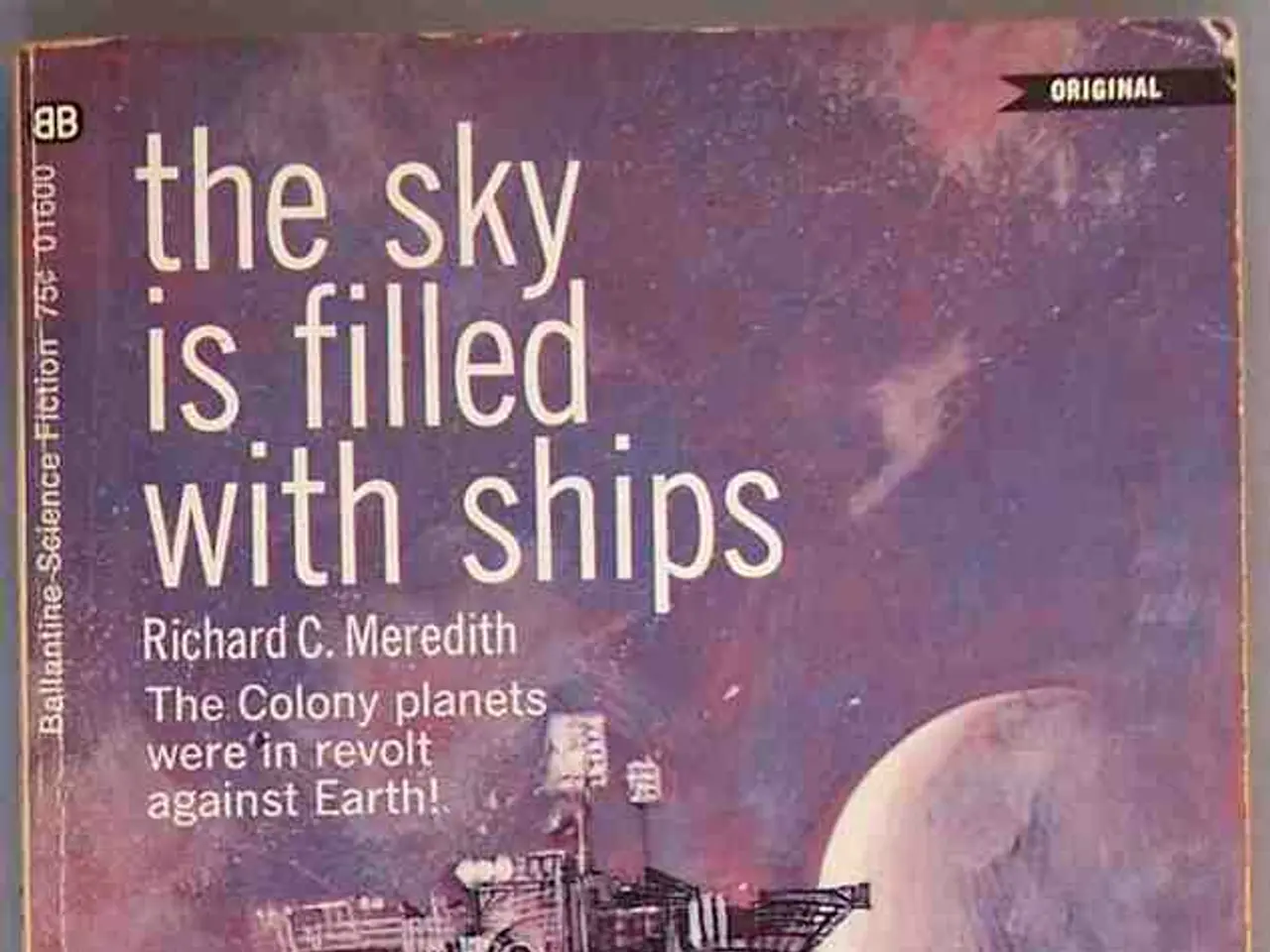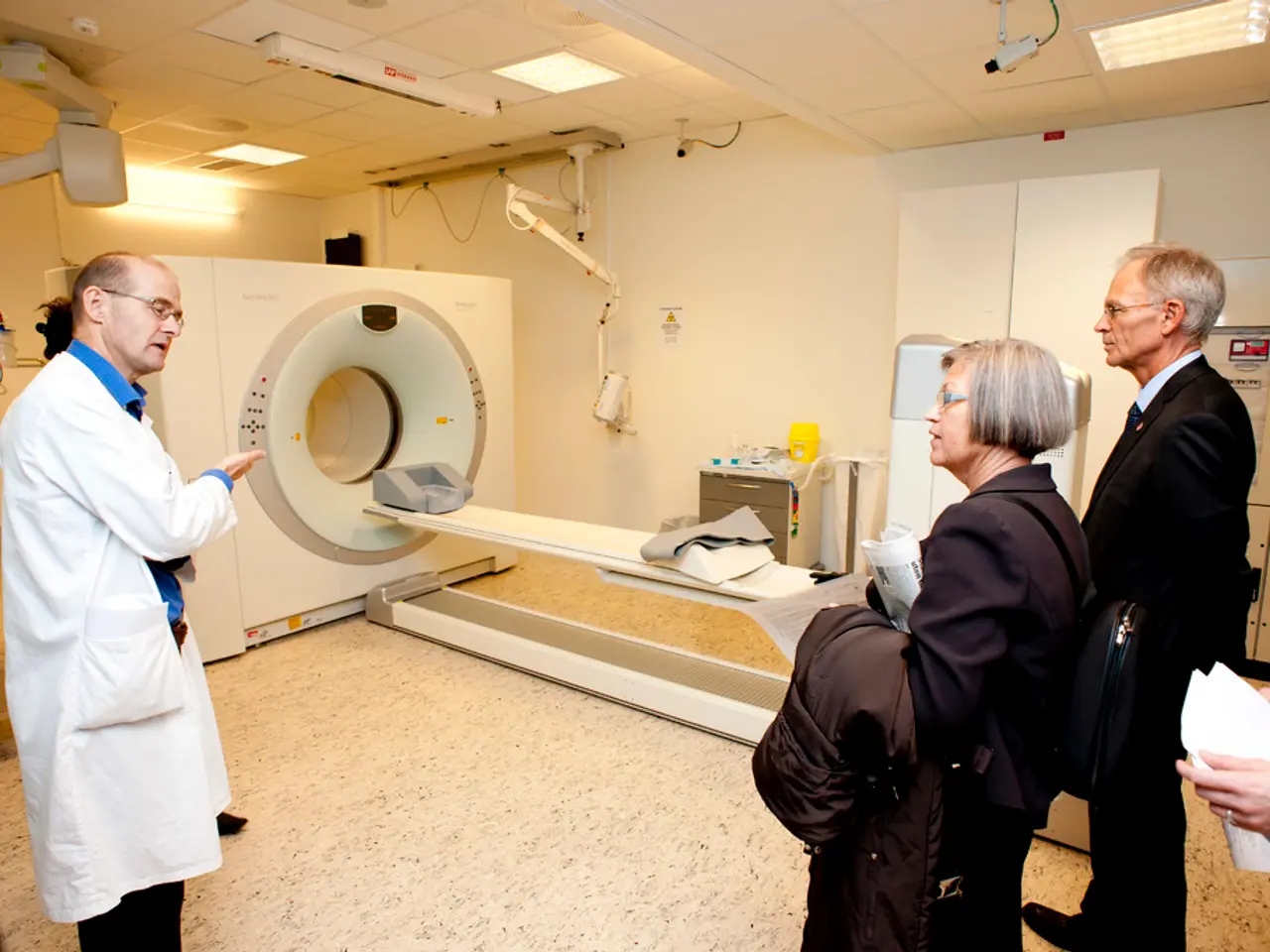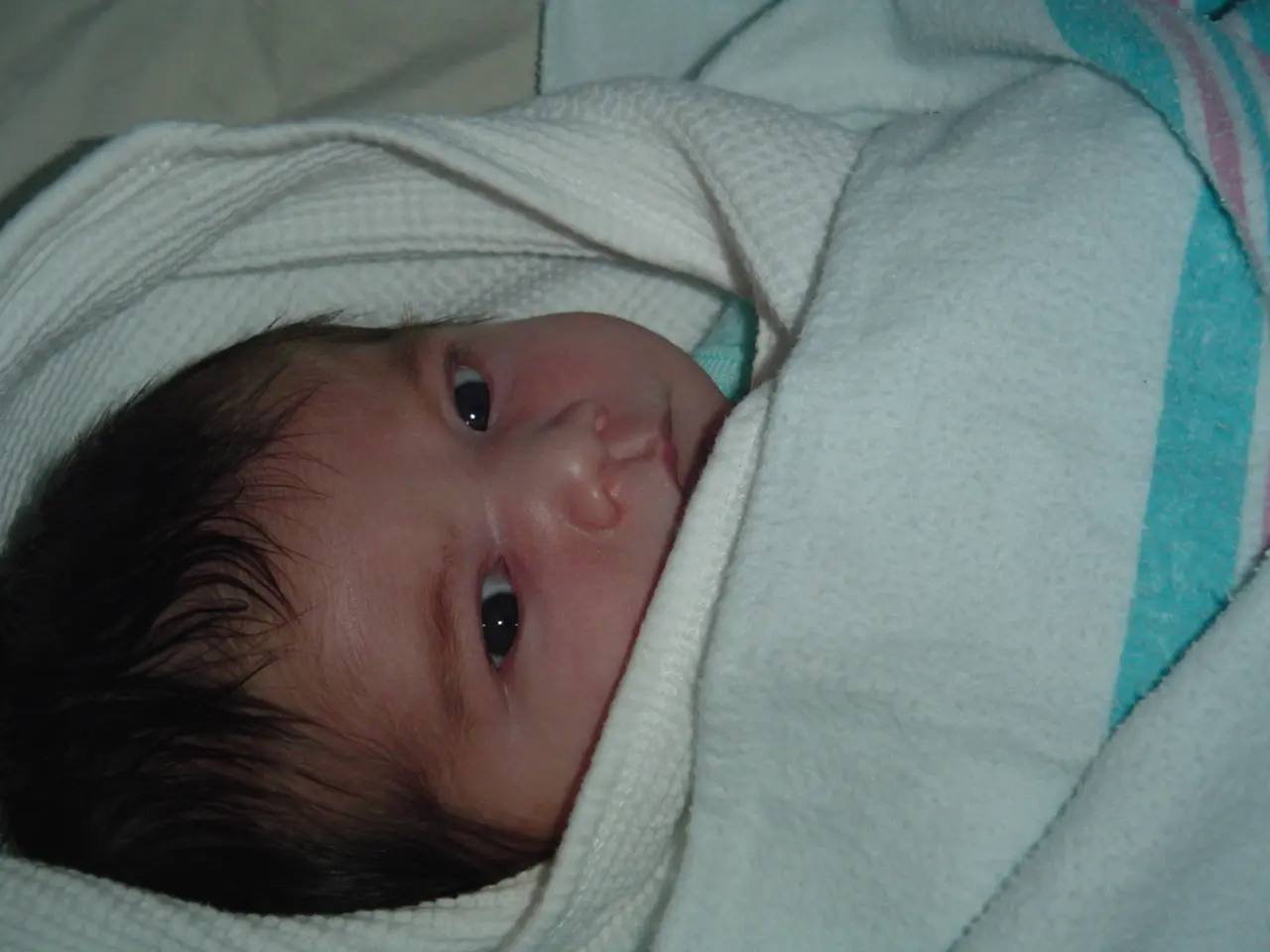Early astronomical studies suggest that black holes might enlarge and intensify the perceived size and brightness of early galaxies, contrary to the belief that Webb has single-handedly revolutionized cosmology.
James Webb Space Telescope Discovers Black Holes Influencing Early Galaxies
The James Webb Space Telescope (JWST) has made groundbreaking discoveries that have caused cosmologists to question current models about the early Universe and the formation and evolution of galaxies. The telescope has observed early galaxies that are bigger and more evolved than expected, and a new study suggests that black holes in these early galaxies could be causing the galaxies to appear bigger and brighter than they really are.
According to the study, led by University of Texas at Austin graduate student Katherine Chworowsky, black holes in early galaxies significantly influence the appearance of those galaxies as observed by the JWST. The telescope's observations reveal numerous low-mass black holes in early galaxies, indicating that black holes of various sizes were common and likely played critical roles in the early universe's formation processes.
Some early galaxies harbor supermassive black holes, such as the example of a black hole with about 10 million solar masses observed in a tiny early galaxy. This suggests that primordial or early-formed black holes could have acted as "seeds" for these supermassive black holes, influencing the gravitational environment and gas dynamics in early galaxies.
The accretion of pristine gas onto these early black holes could emit energy, impacting star formation and the observable properties of the host galaxies, potentially altering their luminosity and emission spectra detected by JWST. The collective presence and activity of black holes—whether low-mass or supermassive—in early galaxies contribute to the galaxies' early appearance by affecting their brightness, emission signatures, and structural evolution in JWST's deep infrared observations.
The study, which appears in the Astronomical Journal, does not provide a decisive answer as to the mystery of Webb's cosmology-breaking galaxies. However, it does maintain that there is no crisis in the standard model of cosmology when early galaxies are removed from observations, and the remaining early galaxies fit within predictions of the model.
The Cosmic Evolution Early Release Science (CEERS) Survey, led by Steven Finkelstein, has provided evidence for the study. The JWST's ability to detect faint signals from low-mass black holes and bright emissions from supermassive ones has deepened insight into how these objects shaped the earliest galaxies in the universe.
Far from being 'black' and invisible, black holes can actually be some of the brightest objects in the Universe, due to the heat and light generated when matter falls towards them. The JWST's observations have shown twice as many massive galaxies in the early Universe than expected from the standard model of cosmology, raising new questions about star formation, particularly in the early Universe.
In conclusion, the JWST's observations support the understanding that black holes are fundamental components of early galaxies, influencing their formation, brightness, spectral features, and growth patterns. The telescope's discoveries have opened up new avenues for research and will continue to deepen our understanding of the early Universe and the formation and evolution of galaxies.
References:
[1] Chworowsky, K., et al. (2023). Black hole feedback in early galaxies as revealed by the James Webb Space Telescope. The Astronomical Journal.
[2] Finkelstein, S., et al. (2023). The Cosmic Evolution Early Release Science Survey: Unveiling the early Universe with the James Webb Space Telescope. The Astrophysical Journal Letters.
[4] Lapi, A., et al. (2023). The role of black hole feedback in the formation and evolution of galaxies in the early Universe. Nature Astronomy.
- The James Webb Space Telescope (JWST) has discovered black holes influencing early galaxies, causing cosmologists to question models about the early Universe and galaxy formation.
- Katherine Chworowsky, a graduate student at the University of Texas at Austin, led a study suggesting that early galaxies' sizes could be affected by black holes, making them appear bigger and brighter to the JWST.
- The study, published in The Astronomical Journal, revealed that numerous low-mass black holes are present in early galaxies, indicative of their common presence and critical role in the early cosmos.
- The discovery of black holes' influence on early galaxies will deepen our understanding of the universe's early stages, contributing to astronomy, science, and health-and-wellness discussions by shedding light on the mysteries of the cosmos and space-and-astronomy.




